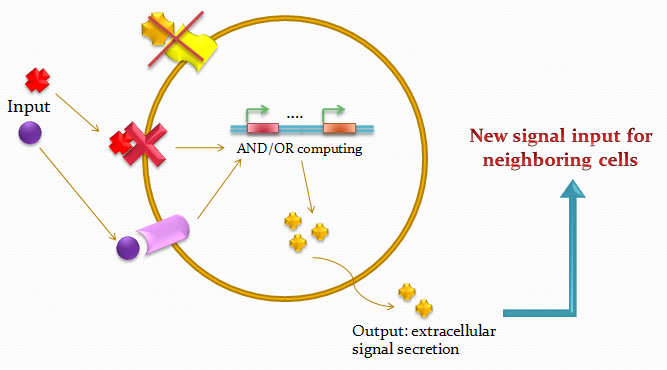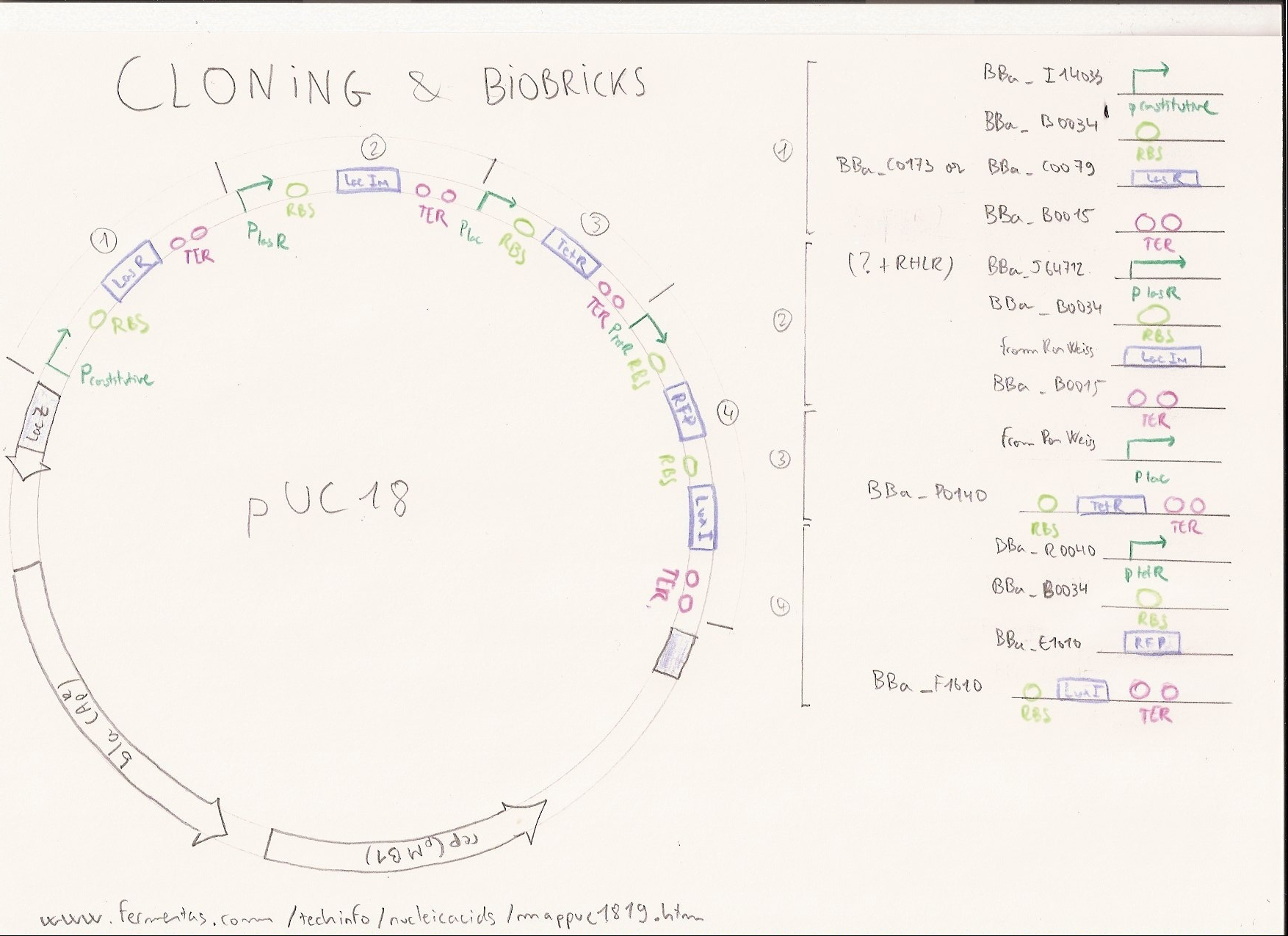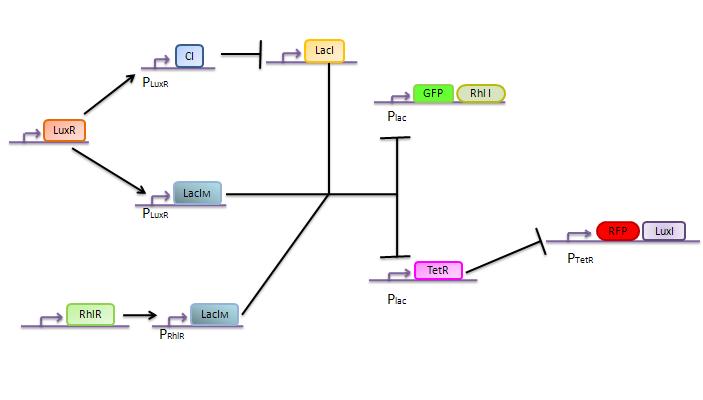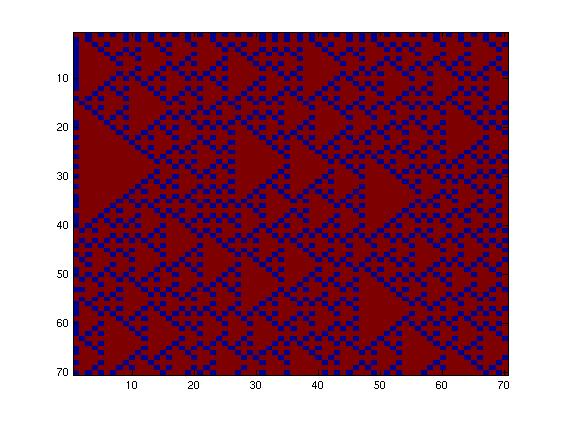Team:EPF-Lausanne/Project
From 2008.igem.org
| Line 33: | Line 33: | ||
<!--- The Mission, Experiments ---> | <!--- The Mission, Experiments ---> | ||
| - | {| style="color:# | + | {| style="color:#000000;background-color:#ff0000;" cellpadding="3" cellspacing="1" border="1" bordercolor="#fff" width="62%" align="center" |
!align="center"|[[Team:EPF-Lausanne|Home]] | !align="center"|[[Team:EPF-Lausanne|Home]] | ||
!align="center"|[[Team:EPF-Lausanne/Team|The Team]] | !align="center"|[[Team:EPF-Lausanne/Team|The Team]] | ||
Revision as of 11:54, 22 July 2008
| You can write a background of your team here. Give us a background of your team, the members, etc. Or tell us more about something of your choosing. | |
|
Tell us more about your project. Give us background. Use this is the abstract of your project. Be descriptive but concise (1-2 paragraphs) | |
| Team Example 2 |
| Home | The Team | The Project | Parts Submitted to the Registry | Modeling | Notebook |
|---|
(Or you can choose different headings. But you must have a team page, a project page, and a notebook page.)
Contents |
Two-signals integrating cellular system
Overall project
The idea of the project is to build a cellular system that allows the cell to respond in different ways according to the received signal, emitted by the neighbouring cells. It will then emit its proper signal that will be transfered to the following cells.

Biomedical application
We may be able to aplly this idea to automated system of drug producing for personal medicine. In such a system, you just put a sample of blood in the first column of a microfluidic chip, then engineered cells in the wells detect some solutes, antibodies, and so on, and produce a signal given what they detect. Then the signal is integrated along the chip and when it reaches the last column, the engineered cell put in the wells are able to produce drugs responding to diseases detected along the chip.
As you would certainly suppose, we will not be able to engineer all the cell types to aim this goal in one summer, but we want through our project to make a few first steps to make such a system feasable in the future.
Project Details
The idea of the project is to build a system which uses two different quorum sensing sets of molecules that make the cell able to integrate three different levels of signal, and emit a different response, by producing a given fluorescent protein and a quorum sensing molecule.
This genetic circuit must give this following pattern :
General scheme
Our system is the combination between a new plasmid and a pre-existing system ("A synthetic multicellular system for programmed pattern formation", from Ron Weiss et al., Nature, vol.434, April 2005) which detect different level of the luxI quorum sensing molecule and give a specific response according to the concentration received. As shown on the previous genetic circuit, we will add the RhlI molecule after the GFP, Rhl being our second quorum sensing molecule used. In addition to the two Ron Weiss system plasmids, we have to build an extra plasmid with the second part of the genetic circuit. We will add an extra copy of the LacIm gene so that we can test it idenpendently from the Ron Weiss system.
Here is the scheme of the plasmid with the Registry of Standard Parts references for each Biobrick we use.

 "
"



